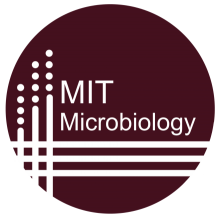
Abstract:
Multiple lineages of a bacterial species can coexist in a community. These extremely closely-related clades originate from the recent immigration of individual cells, whose evolution over short timescales (years) results in minute genomic diversity (10s of SNPs/genome). Each has distinct origins, and the mutations they contain can reveal their individual evolutionary and ecological history. However the difficulty of differentiating coexisting lineages limits the phylogenetic resolution at which community dynamics can be studied. Here, I describe methods to cluster large sets of diverse genomes into lineages and apply them to the observation of natural lineage-level assembly dynamics in the human facial skin microbiome. I find that the gain and loss of individual C. acnes and S. epidermidis lineages underlies their apparent stability at the species level, and that these dynamics also change throughout the human lifespan. Lineages of S. epidermidis are replaced in unexpectedly fast cycles, and C. acnes lineages are acquired during developmentally-driven population expansion. By advancing current methods, I enabled the observation of new ecological dynamics at an unprecedented resolution. The dynamics described here will influence the development of therapeutic strains with durable engraftment, and inspire the study of their effects on hosts, such as the immune consequences of lineage-level turnover.
Thesis Defense Committee Members: Tami Lieberman (Advisor), Greg Fournier (Chair), Otto X. Cordero, Ben Wolfe (Tufts University)